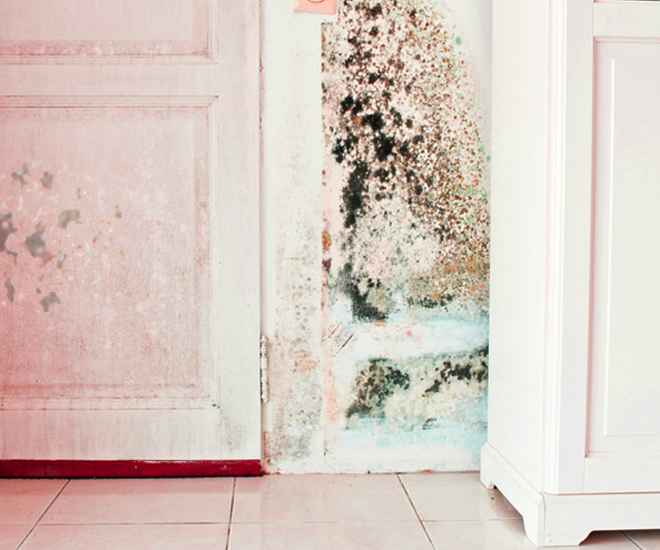Reliable Post Mold Remediation Cleaning Protocols
Effective Message Mold Remediation Solutions for Your Home
Mold and mildew development in homes can be a relentless concern, usually calling for an organized technique for efficient post-remediation services. From comprehending the elements that add to mold and mildew growth to carrying out appropriate cleaning strategies and dampness control procedures, the process can be elaborate yet essential for maintaining a healthy and balanced living atmosphere. Furthermore, exploring all-natural removal services and developing a routine for recurring maintenance are crucial components of an extensive mold remediation technique. As house owners strive to resolve mold and mildew issues, locating the most effective options ends up being paramount for the health of their homes.
Comprehending Mold And Mildew Growth Elements
The primary element contributing to mold growth is moisture. Mold spores require moisture to germinate and grow, making moist or damp atmospheres very susceptible to mold and mildew invasions.

In addition, air flow and light direct exposure can impact mold and mildew development. Areas that do not have correct ventilation and all-natural light are more susceptible to mold and mildew development. By resolving these aspects adequately, individuals can successfully mitigate mold development and guard their living environments.
Appropriate Mold And Mildew Cleaning Techniques
Utilizing effective cleaning methods is essential in addressing and preventing the reappearance of mold and mildew contamination in interior atmospheres. The first step in correct mold and mildew cleaning is to contain the affected location to stop the spread of spores to uncontaminated areas.

Implementing Wetness Control Procedures
To effectively protect against mold development and contamination in indoor settings, carrying out moisture control procedures is paramount. In addition, ensuring correct ventilation in areas susceptible to moisture accumulation, such as bathrooms and cooking areas, can help lower the risk of mold development. By diligently carrying out these moisture control steps, home owners can efficiently minimize the likelihood of mold recontamination and preserve a healthy and balanced indoor atmosphere.
Making Use Of All-natural Remediation Solutions
After effectively applying moisture control steps to stop mold and mildew growth in indoor atmospheres, house owners can currently explore the effectiveness of natural remediation options in keeping a healthy and balanced space. Natural remediation services use eco pleasant approaches to combat mold and mildew, making them a popular option for those seeking non-toxic options. One such option is utilizing vinegar, an all-natural antimicrobial representative, to disinfect and clean surfaces polluted by mold. Simply water down vinegar with water and spray it onto the impacted areas, allowing it to sit for a few hours prior to wiping tidy. In addition, tea tree oil, recognized for its antifungal homes, can be blended with water and sprayed onto mold-infested surfaces to hinder more development. An additional all-natural choice is hydrogen peroxide, which can efficiently kill mold and mildew on numerous surface areas without leaving dangerous residues behind. By More Bonuses incorporating these natural remediation remedies into their cleaning regimens, house owners can properly fight mold and mildew development while advertising a healthier indoor atmosphere for themselves and their families.

Keeping a Mold-Free Environment
In order to stop mold and mildew recurrence and make sure a consistently mold-free atmosphere, it is vital for house owners to implement positive upkeep practices. Frequently evaluating areas susceptible to mold and mildew development, such as bathrooms, attic rooms, kitchens, and basements, is important. Resolving any kind of leakages, water damages, or excess dampness promptly can considerably decrease the danger of mold advancement. After mold remediation. Proper ventilation in locations with high moisture levels is also essential to stopping mold and mildew growth. Using dehumidifiers or exhaust followers can assist keep optimum dampness levels and discourage mold spores from thriving.
In addition, maintaining cleanliness in the home is important for mold prevention. Keeping interior plants in check and ensuring proper drain in outside landscape design can minimize moisture accumulation, lowering the chance of mold infestations.
Final Thought
To conclude, it is important to deal with mold and mildew growth factors, utilize proper cleansing methods, implement wetness control measures, make use of natural removal solutions, and keep a mold-free environment in order to successfully deal with article mold and mildew remediation in your home - After mold remediation. By following these Click Here strategies, you can protect against mold and mildew from recurring and guarantee a check it out healthy and balanced living environment for you and your family
The main variable contributing to mold development is dampness. Mold spores require wetness to prosper and sprout, making damp or wet atmospheres highly prone to mold and mildew invasions.To efficiently prevent mold development and contamination in indoor atmospheres, implementing dampness control actions is vital. Additionally, guaranteeing proper ventilation in areas vulnerable to moisture build-up, such as kitchens and bathrooms, can help reduce the risk of mold growth.After successfully executing wetness control procedures to avoid mold and mildew development in interior environments, house owners can now discover the performance of all-natural removal remedies in keeping a healthy and balanced living area.